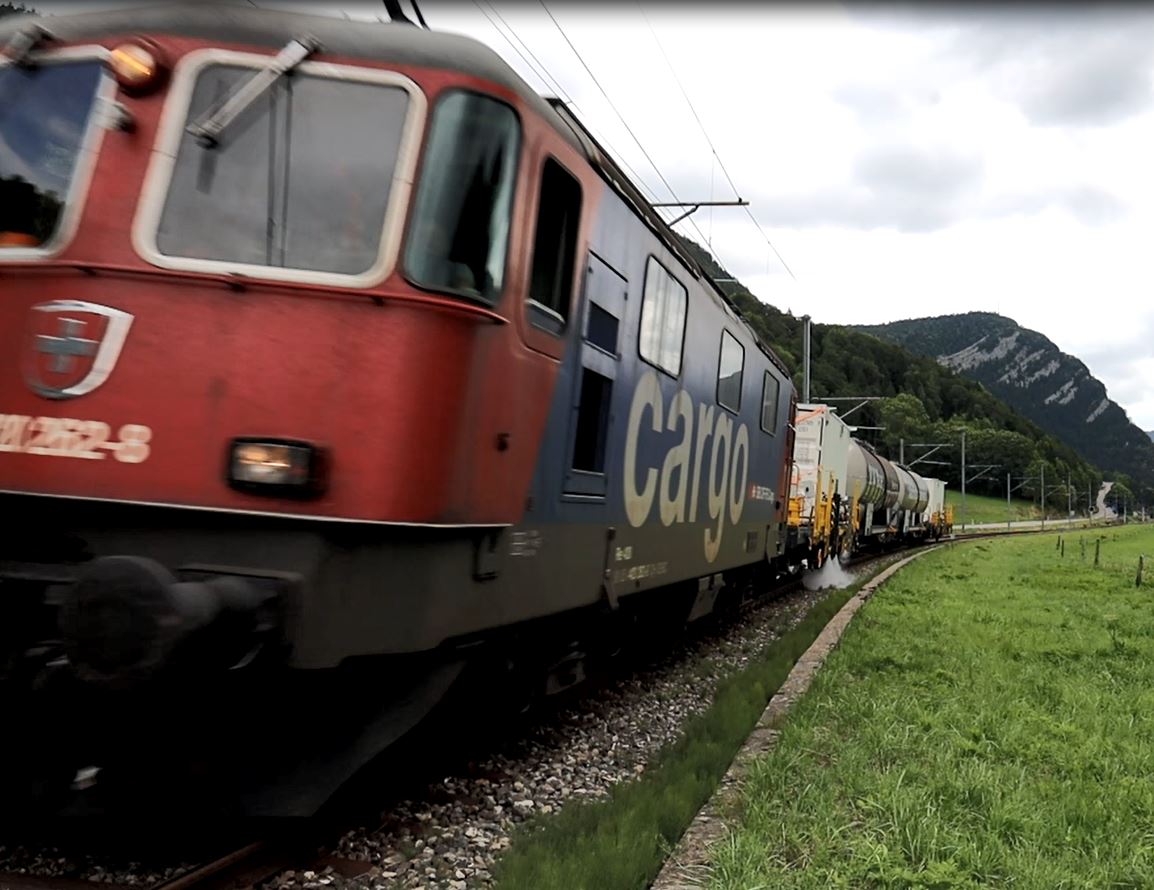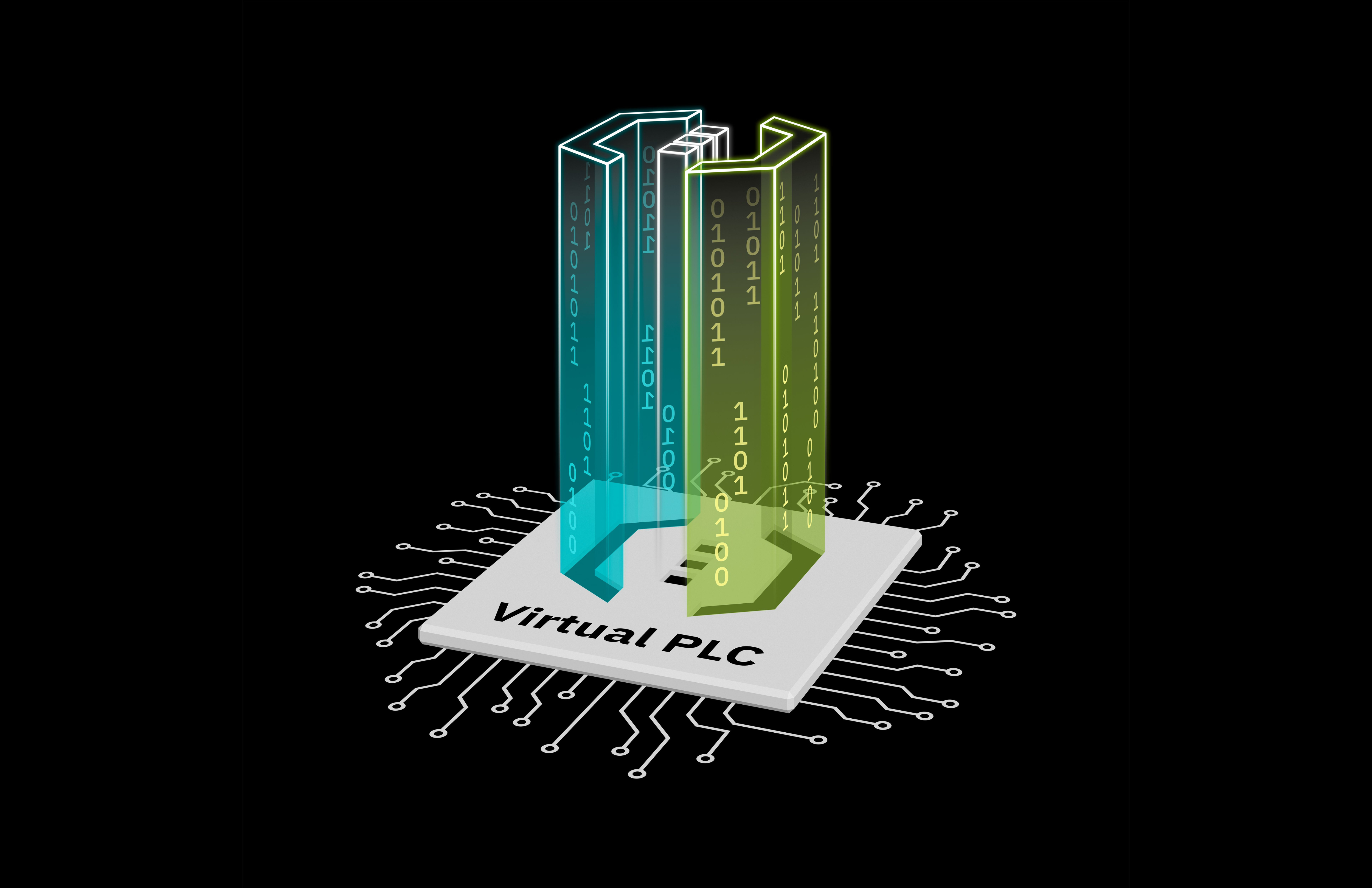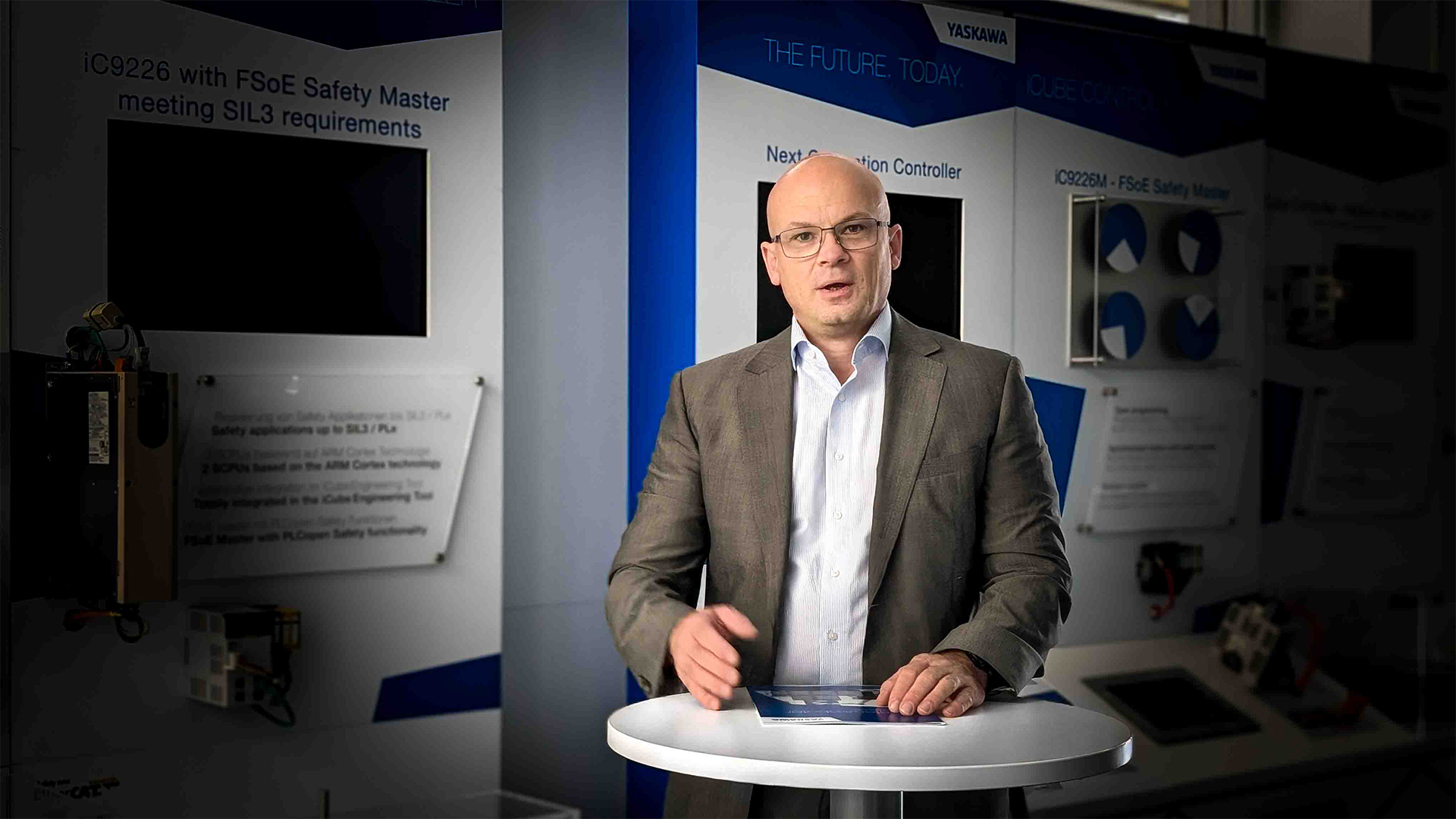
Weeds in the track bed are a problem for railroad tracks. Because of the strong root penetration, some plants grow very large, the track bed can become unstable, which would impair safety. For this reason, the weeds on the track must be regularly removed to ensure the operation of the train is safe. Currently the Swiss Federal Railways (SBB) uses about 2.5 Tonnes of chemical herbicides such as glyphosate annually to control the unwanted growth. But in the context of sustainability issues in recent years, more and more hope has been put into digitalization. The goal: to automate and digitize weed killing and thus to dispense with chemicals.
Together with a team from SBB, Phoenix Contact has developed an application with PLCnext Technology which makes it possible to eliminate the future use of glyphosate.
Sustainable solution in real-time
A specially designed train travels along the tracks and sprays boiling water on the weeds in the track bed. The heat bursts the cells of the plants and their DNA is damaged. An environmentally friendly solution, without any chemicals at all. The principle is quite simple. At the front of a wagon, special weed-seeker camera sensors are installed to detect the weeds. These were originally developed to spray chemicals on unwanted plants with precise accuracy in arable farming. They then send this information to the PLCnext Control. The controller, in turn, then processes various data such as the time of plant detection, the speed of the train, and the size of the plant. Based on the collected data, the system calculates when and which valves need to be opened.
The train, however, can travel at up to 40 km/h, which corresponds to about 11 m/s. Therefore, the calculations must be made in real time and accurate to milliseconds. An error of one to ten milliseconds would mean that the plant is not hit. In addition, the total of 130,000 litres of water in the two tankers should be enough for the longest possible distances: If all valves were to open permanently, the tanks would be emptied after around 1.5 km. The wagon for the technology is located directly on the locomotive, on which the frequency converter, pump and water heater are installed in a container, with the sensors working at the front. Due to the valve opening time, there must be at least 3.5 m between the sensor system and the first nozzle. Therefore, the valves can only be located from about the middle of the wagon.
The real-time processing of data is made possible by the fact that the PLCnext Control has a dual-core architecture. One core only performs the real-time-critical calculations, which means that, for example, detection and valve control can be performed in about two milliseconds. The other core is responsible for all processes that are less designed for meticulous reaction times, such as heating and temperature monitoring of water tanks.
Connecting to the cloud
The decision for PLCnext Technology was primarily due to the possibility of very easily integrating the train into the existing data technology infrastructure of SBB: “We can all do PLC programming, but being able to solve the server connection via high-level languages makes it very convenient and flexible for us,” says Alexander Kowe, responsible for Infrastructure Applications & Projects Industry Management and Automation at Phoenix Contact. At present, the train is still independent in terms of data technology, but it is soon to be integrated into SBB’s geoinformation system.
It is also conceivable that regular passenger and freight trains, drones or satellites could detect the weeds and store their position in a cloud database such as Proficloud. Therefore, a system is currently being sought that can read and process GPS coordinates accurate to between one to four centimetres. In this way, the entire 7600 km rail network of the SBB could be mapped taking into consideration weed growth. “Because letting the hot water train ride somewhere only on the off chance is of course not very effective. It would be better to already know where an operation is necessary,” explains Kowe. Until now, employees have been keeping the tracks free of weeds on foot, which is both strenuous and very time-consuming. After all, the total length of the Swiss rails corresponds to the distance between Berlin and Beijing.
However, the coupling is not only necessary for planning the train’s deployment, but also for monitoring its success. The effectiveness can only be seen after a few days, when the plants begin to wilt. For this reason, other trains or systems with sensor technology will later be able to detect which plants are still standing where and in what condition.
Thus, in addition to the data of the plants, the detailed information of the entire infrastructure is available in one system. This means that in the future, all routes which need to be sprayed can be planned, visualized, and controlled using existing tools. This simplifies the entire process from plant detection to impact control. The openness of the PLCnext Control in relation to the systems of the SBB was therefore an important criterion for the use of the PLCnext Technology Ecosystem.
Conclusion
SBB uses 2 Tonnes of Glyphosate each year to remove the weeds on the track. With the solution based on the PLCnext Technology Ecosystem, they will be able to completely dispense with chemicals. Thanks to the real-time capability of the PLCnext Control, its openness regarding existing and future IT infrastructure of SBB and the easy connection to cloud services, Phoenix Contact enables SBB to offer a long term, flexible, all-round solution to keep its track network safe. Oh, and by the way, initial concerns about the danger to wildlife from the hot water are allayed, as the vibrations of




